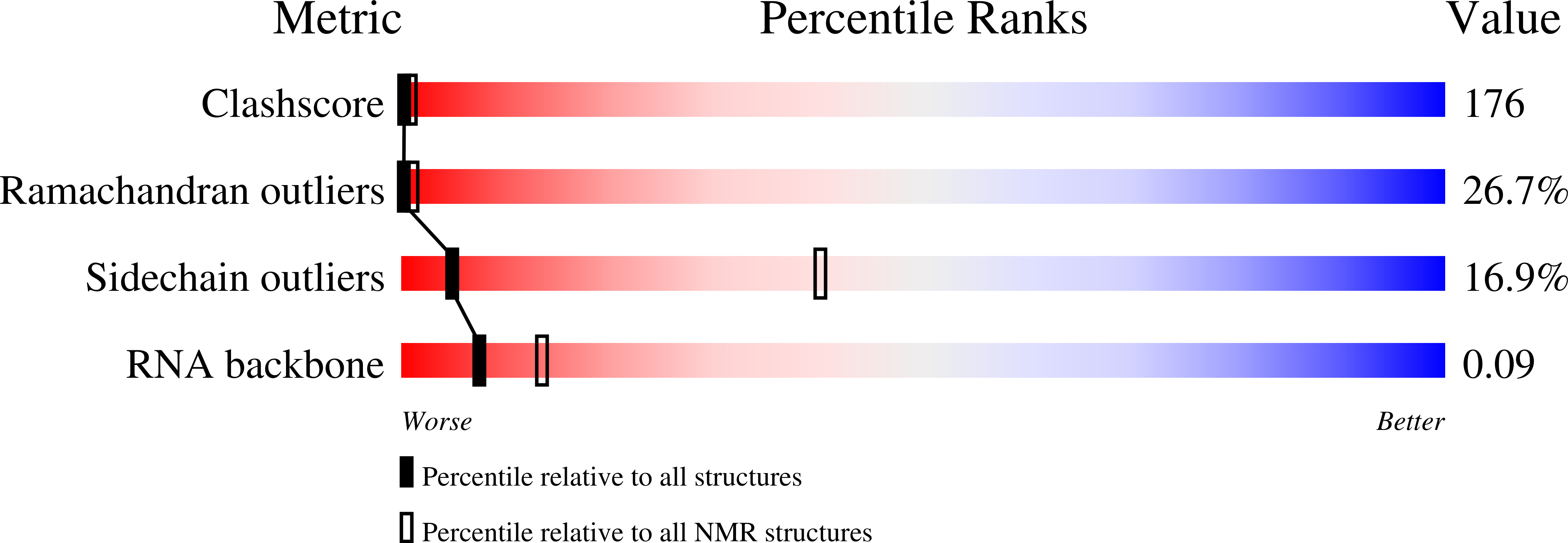
Deposition Date
2005-07-12
Release Date
2005-11-01
Last Version Date
2024-11-13
Entry Detail
PDB ID:
2A9X
Keywords:
Title:
TAR RNA recognition by a cyclic peptidomimetic of Tat protein
Biological Source:
Source Organism:
Method Details:
Experimental Method:
Conformers Calculated:
100
Conformers Submitted:
10
Selection Criteria:
structures with the least restraint violations


